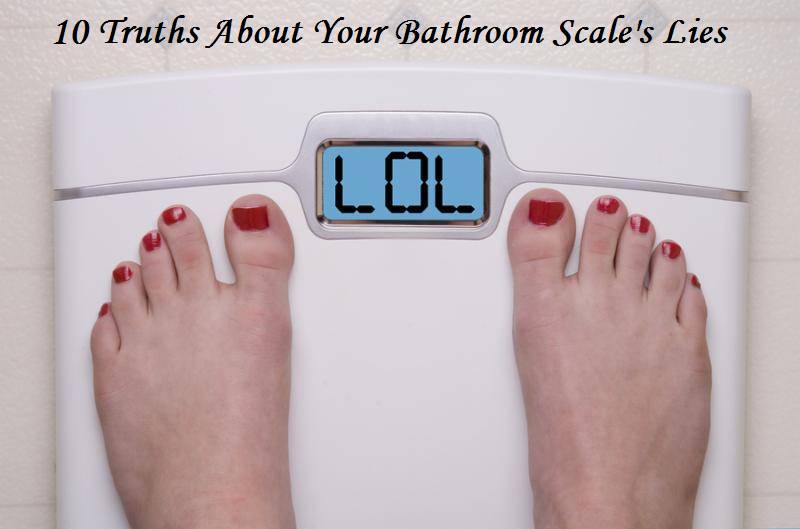For an interesting discussion on commonly overlooked symptoms of various gut bugs including Candida – listen to the Women’s Wellness Radio podcast with Dr. Andrea Maxim.
What Causes An Overgrowth of Candida albicans?
It’s normal for a certain amount of Candida to be in your body at any one time, but there are a number of predisposing factors that can cause it to grow out of control, as adapted from Whole Approach:
Predisposing Factors
1) Destruction of the C. albicans' natural control mechanism: Broad-spectrum antibiotics (e.g. tetracycline) destroy the healthful bacteria, which control the Candida population. For example, Lactobacillus acidophilus competes with C. albicans for space and nutrients in the intestinal tract. It also releases acid, which makes the environment less favorable for Candida growth, and even feeds off of the Candida directly. When Lactobacillus acidophilus is attacked by antibiotics, Candida proliferates and can change to its pathogenic mycelial form.
After prolonged or frequent (more than 3 times in a year) broad-spectrum antibiotic use, Candidiasis symptoms may start to appear in a matter of months or even days and often linger for life if untreated, especially if one regularly consumes poultry, eggs, meats and/or milk since these usually contain antibiotics (and steroids, see #2 below).
Chemical preservatives in food also support Candida overgrowth, which includes most processed/ packaged foods.
2) Weakening of host defense mechanisms: A number of factors can compromise the effectiveness of the immune system that is responsible for eradicating invaders such as Candida. Lowered immunity may result from steroid drugs and cancer chemotherapeutic agents, both of which are immuno-suppressants. Prolonged illness, stress (all forms), alcohol abuse, smoking, lack of exercise, lack of rest and poor nutrition (see #4 below) are also key factors which tend to weaken the immune system.
3) Female anatomy: Women are generally more susceptible to Candidiasis than men for several reasons:
- Female hormonal levels are constantly fluctuating and sustained high levels of estrogen can occur. This condition tends to impair immune system function.
- C. albicans growth is stimulated by the female hormone progesterone. Its levels are elevated during pregnancy and in the second half of each menstrual cycle. Synthetic progestins are found in oral contraceptives and also contribute to candida overgrowth.
- The female anatomy lends itself to the ready migration of C. albicans from the rectum to the genito-urinary system. Vaginal yeast infections are a common result.
4) Poor diet establishes a breeding ground for Candida: The nutrient-poor, low-bulk, highly-refined carbohydrate diets of most North Americans will, over a period of years, transform a healthy large intestine into a lifeless pipe caked with layers of encrusted fecal matter. Which, in turn becomes the site of constant putrefaction, fermentation, rancidification, and is a home for toxin-inducing pathogenic bacteria, and an excellent environment for the proliferation of the mycelial tentacles of Candida.
A highly-refined carbohydrate diet serves as a very desirable food source for C. albicans which further entrenches it within the microscopic crevices of encrusted fecal matter. The small intestine, housing a more fluid chyme, does not become so caked with old fecal matter as it does with mucus. This also encourages Candida proliferation.
It has also been suggested that if you have been diagnosed with Chronic Fatigue (CFS), Fibromyalgia (FMS), irritable bowel syndrome (IBS), chronic sinusitis, and/or you have recently taken antibiotics - especially lengthy or multiple courses, then you can suspect a concurrent Candida infection and should seek treatment. Of which, you can expect a 3-6 month treatment process for systemic infections.
How Do You Test For Candidiasis And Get A Diagnosis?
Here's the tricky part... diagnosis for oral thrush and vaginal yeast infections are generally easy because the symptoms are so distinct, but for a systemic infection it can be quite difficult as the symptoms are often plentiful, seemingly unrelated and can mimic so many other conditions!
If you're experiencing 3 or more of the above-mentioned symptoms or otherwise suspect a yeast overgrowth, consult your doctor or health practitioner for examination and possible testing.
Hormone Expert Dr. Chelsea Gronick ND notes that fatigue, brain fog and sugar cravings are the top 3 symptoms she sees with patients and she uses stool and organic acids urine testing in her naturopathic clinic in Kelowna BC.
However, if you're an impatient patient like me, and you simply want to take matters into your own hands, here's what you can do to establish a probable diagnosis and begin treatment of a systemic yeast infection...
A) Complete the Candida Questionnaire
The questionnaire was developed by Dr. William Crook - amended from TheCandidaDiet.com
WOMEN
A score of 10 or greater indicates that your health problems may be connected to a yeast overgrowth. A score of 13 or higher suggests that they are almost certainly yeast connected.
MEN
A score of 8 or greater indicates that your health problems may be connected to a yeast overgrowth. A score of 11 or higher suggests that they are almost certainly yeast connected.





































